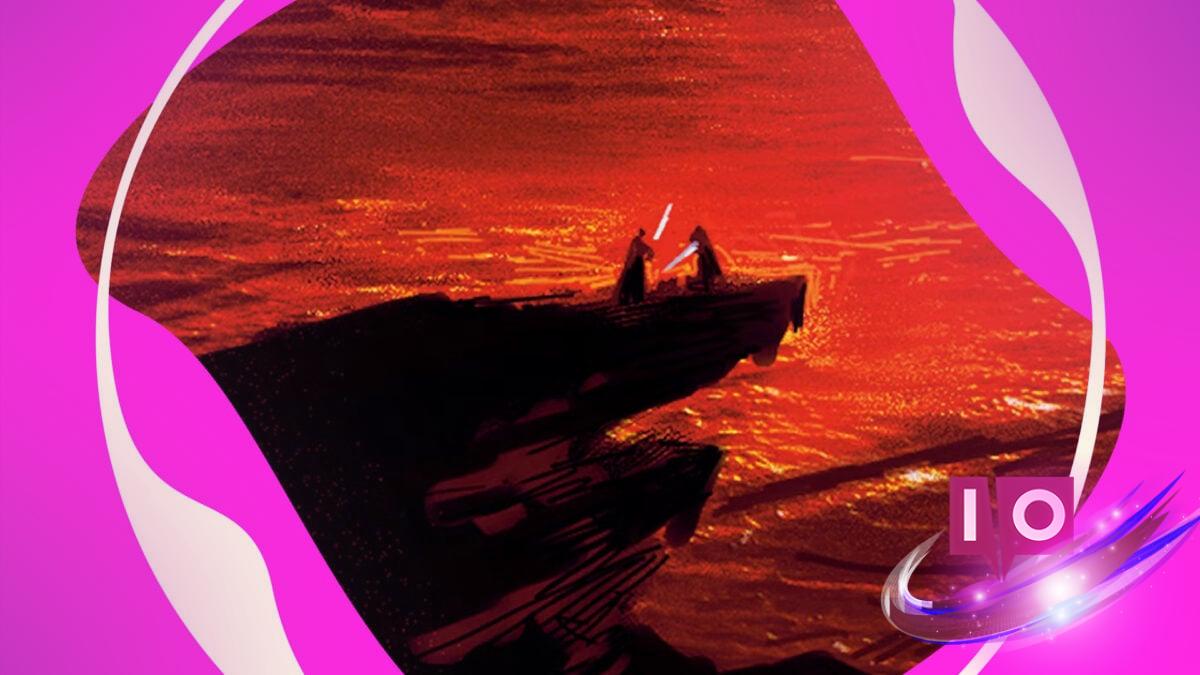Have you ever wondered how the nuances of storytelling can breathe new life into beloved narratives? In the realm of Star Wars, Matthew Stover’s novelization of Revenge of the Sith does just that, offering a rich tapestry that deepens our understanding of this iconic saga.
With over 20 years since its initial release, Stover’s adaptation has garnered a devoted following among fans, solidifying its status as a classic in the Star Wars universe. This isn’t merely a film tie-in; it’s an intricate exploration of the characters, themes, and emotional stakes at play in the galaxy far, far away.
1. How Does Stover’s Work Compare to the Film?
Stover’s novelization predated the film’s release by over a month, providing a fresh perspective that wasn’t constrained by the script’s final edits. It enriches the core story, amplifying the tragic misunderstandings of its central characters and making the themes of betrayal and loss resonate more profoundly.
2. The Mythic Quality of the Narrative
From the outset, Stover presents Revenge of the Sith as a historical account, imbued with a sense of inevitability. His approach elevates these characters into the realm of archetypes—representatives of grand forces like good and evil. This mythologizing reflects a narrative that feels timeless and universal.
3. What Makes Stover’s Narrative Unique?
The intermingling of different narrative styles—from second-person to third-person perspectives—creates an almost theatrical experience. At times reminiscent of a Greek chorus, Stover’s writing invites readers to immerse themselves in a detailed retelling, blending the abstract and the real in a captivating manner.
4. How Does This Tie into the Larger Star Wars Mythos?
Star Wars has always favored fantasy over science fiction, presenting a rich tableau of space wizards and their cosmic conflicts. Stover’s framing stays true to this essence, reminding us that these stories are meant to transcend time, existing as documentation of a mythical past.

5. What Lessons Can We Learn from These Narratives?
Stover’s work isn’t an isolated phenomenon; it aligns with how recent narratives like Andor have approached the Star Wars universe. By investigating the struggle against tyranny and reflecting on how history repeats itself, these stories prompt us to draw parallels with our own world.
The shared theme among these explorations centers on the interpretative nature of history. Can we trust the rendition of events we witness in films? Are they reflections of deeper truths, or mere facets of a larger myth? Stover’s interpretation of Revenge of the Sith sparks these questions and encourages readers to engage with the narrative intricately.
Stover’s work is not just a novel; it’s an invitation to reconsider Star Wars as a cultural myth, one that evolves and morphs with every retelling. As you explore this rich narrative, remember that it may have been a long time ago, but what you read now is merely one interpretation in a multitude that continues to unfold.
Have you ever thought about why Star Wars has become such an enduring myth? Its ability to resonate with themes of good versus evil keeps it relevant, while Stover’s reimagining deepens that significance.
Want to discover more about how narratives shape our understanding? Explore related content on Moyens I/O to dive deeper into the fascinating world of storytelling.
